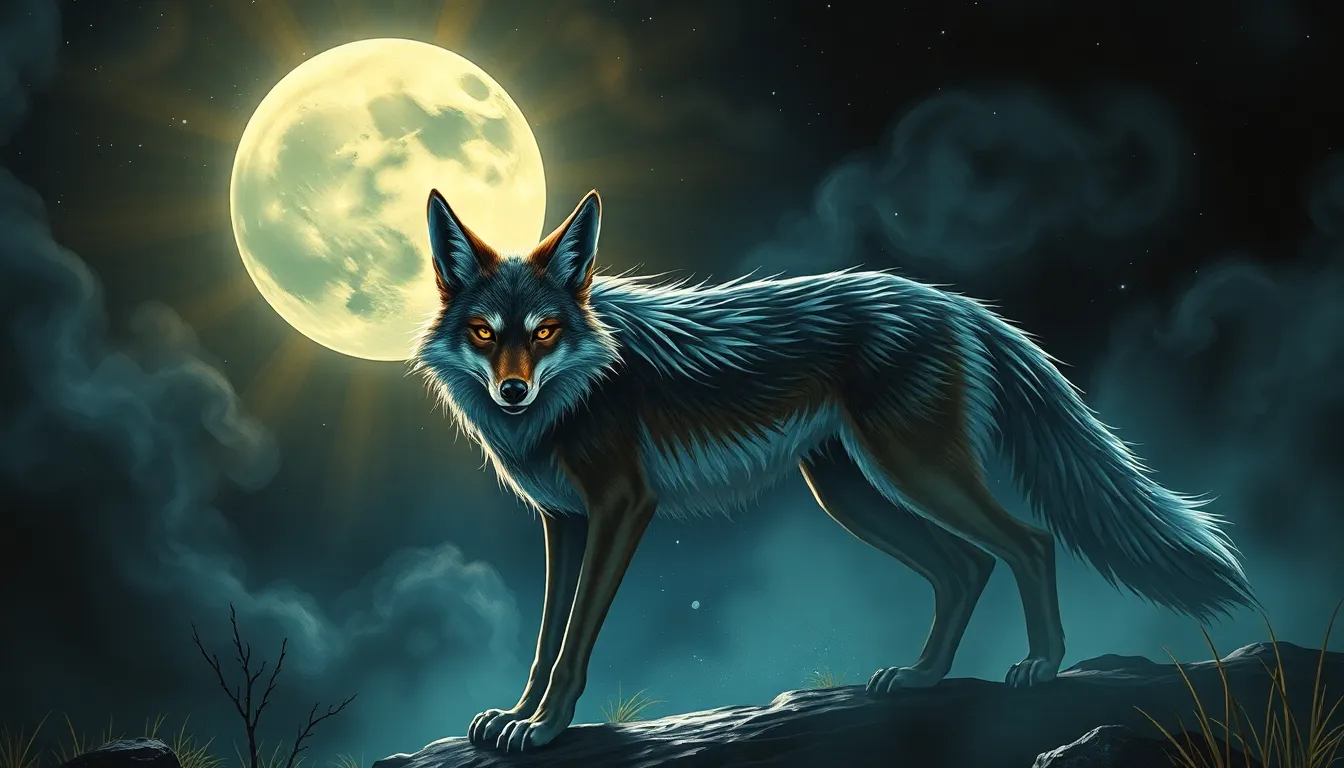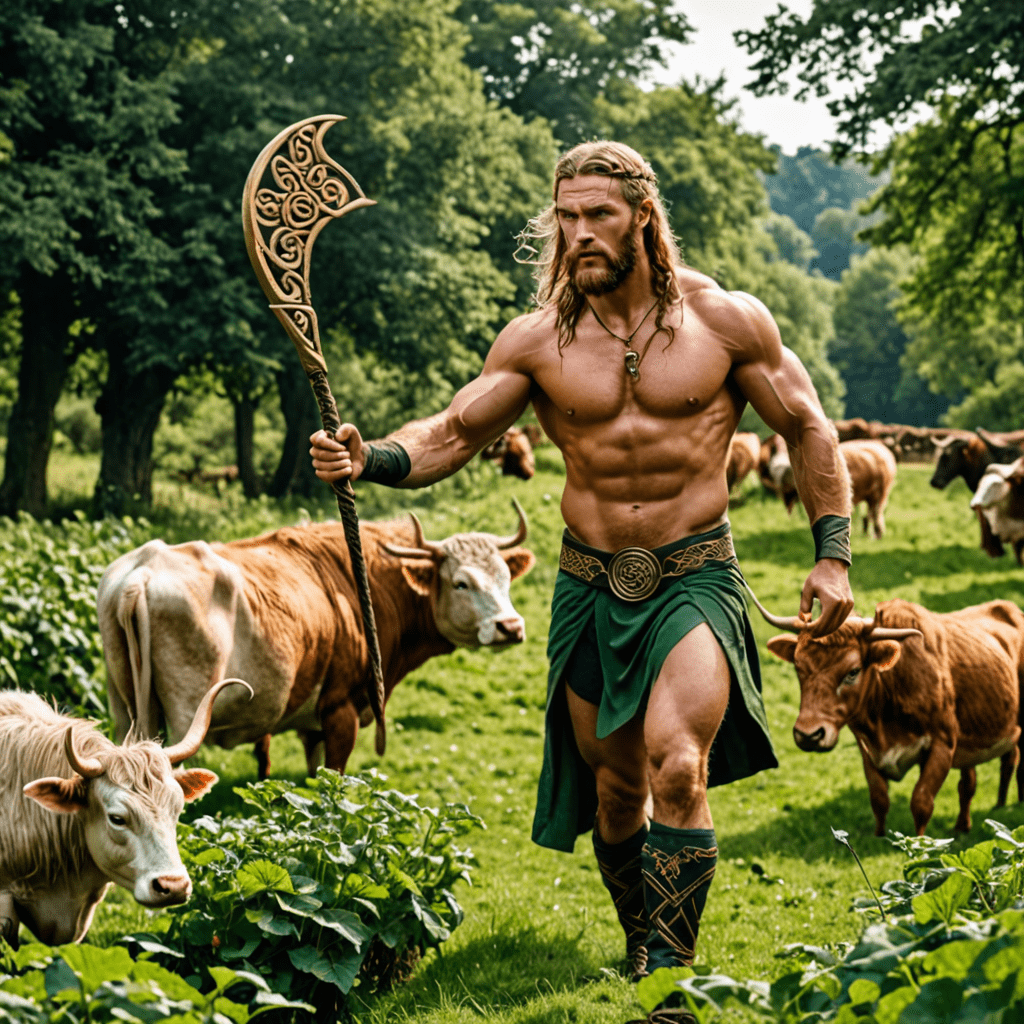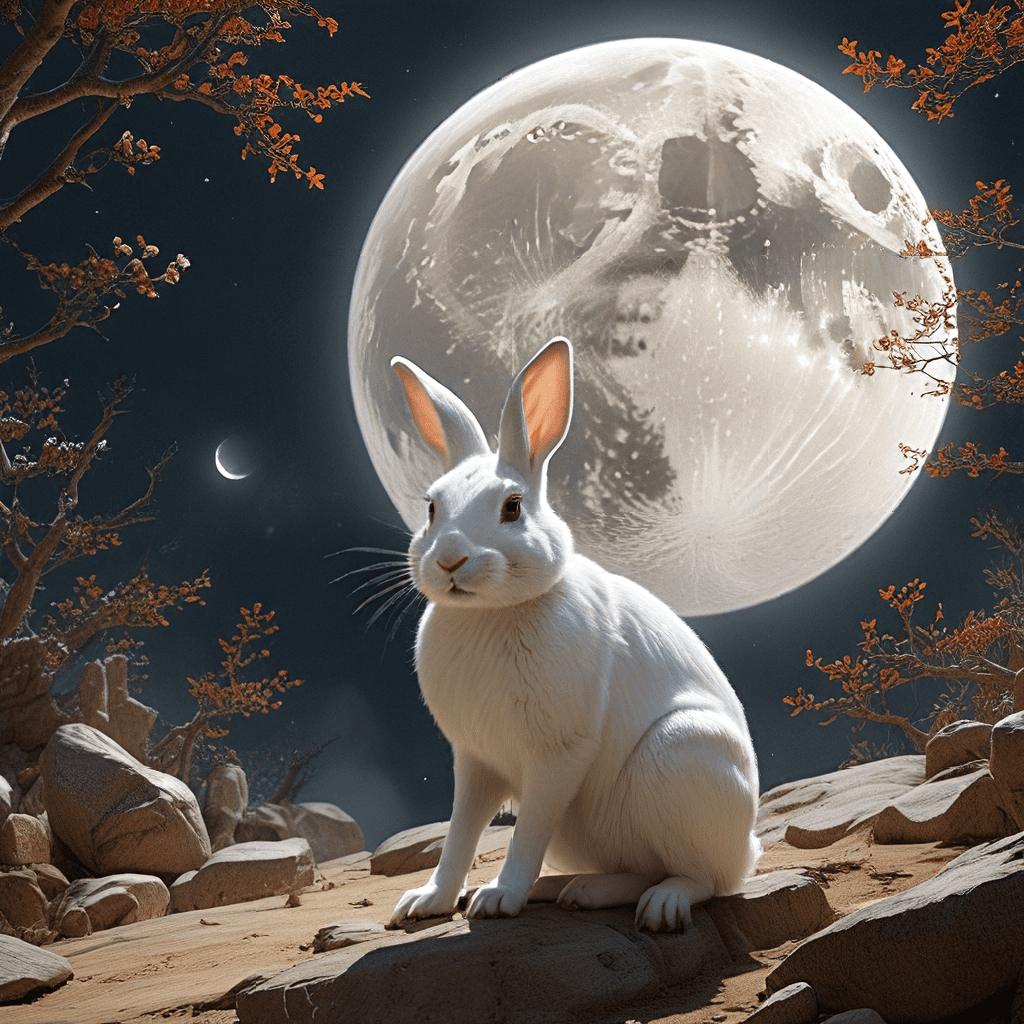The Sacred Coyote: Trickster and Teacher in Native Myths
Introduction to the Coyote in Native Mythology
The coyote is a significant figure in various Native American cultures, revered not only for its cunning nature but also for its deep spiritual connections. Across many tribal traditions, the coyote embodies a dual role: it serves as both a trickster and a teacher. This complex character illustrates the intricate relationship between humanity and nature, emphasizing the lessons learned from its playful and often mischievous behavior.
The Trickster Archetype in Native American Lore
The trickster archetype is a common theme found across diverse cultures, representing a character who challenges norms, defies authority, and often blurs the lines between right and wrong. In Native American lore, the trickster is not merely a source of chaos; rather, this figure plays a vital role in imparting moral lessons and prompting reflection on societal values.
- Defiance of norms: Tricksters often question and disrupt established rules, encouraging innovation and change.
- Teaching through mischief: Their antics often lead to unexpected wisdom, revealing deeper truths about the human experience.
- Transformation: Tricksters often undergo significant changes, highlighting the fluidity of identity and the potential for growth.
Coyote’s Role as a Trickster
The coyote is a quintessential trickster figure in Native mythology, appearing in countless stories that highlight its cleverness and resourcefulness. In these tales, the coyote often outsmarts other characters, showcasing its ability to adapt and survive in challenging circumstances.
Some notable myths include:
- The Coyote and the Buffalo: This story illustrates the coyote’s cleverness as it devises a plan to trick a buffalo, leading to a lesson about humility and respect for nature.
- The Creation of the World: In some tribes, coyote is depicted as a creator figure, using its cunning to shape the earth and its inhabitants.
- The Coyote and the Bear: This tale often showcases a rivalry, with the coyote using wit to outsmart the stronger bear, emphasizing the value of intelligence over brute strength.
Common themes associated with the coyote’s trickster persona include:
- Resourcefulness
- Playfulness
- Transformation
- Humor
Lessons from Coyote’s Mischief
The stories of coyote’s mischief often carry profound moral and ethical lessons. Through its antics, the coyote reveals deeper truths about human nature, including the importance of humility, the consequences of greed, and the value of community.
For instance, when coyote tricks others for personal gain, it often faces repercussions that teach a lesson about the pitfalls of selfishness. In contrast, when it uses its cunning to help others, it reinforces the idea of interconnectedness and mutual support.
Coyote as a Teacher: Wisdom in Folklore
Beyond its role as a trickster, the coyote is also celebrated as a wise teacher. Many stories depict coyote as a figure that imparts knowledge and understanding, guiding individuals towards self-discovery and growth.
Examples of coyote’s wisdom include:
- The Story of the Coyote and the Moon: In this tale, coyote learns about patience and perseverance when trying to reach the moon, ultimately understanding that some goals require time and effort.
- Coyote’s Lessons on the Seasons: Stories that explain the changing seasons often position coyote as a teacher, illustrating the natural cycles of life and the importance of harmony with nature.
This balance between cunning and wisdom is what makes coyote a compelling figure within Native mythology, illustrating that even those who cause mischief can offer valuable lessons.
Regional Variations of Coyote Myths
Coyote myths exhibit remarkable diversity across various Native American tribes. Each region offers unique adaptations of the coyote narrative, reflecting local culture, environment, and experiences.
For example:
- Plains Tribes: Here, coyote is often portrayed as a hero who aids in survival, emphasizing traits like bravery and resourcefulness.
- Southwest Tribes: Coyote frequently appears in creation stories, reflecting the landscape’s stark beauty and the challenges of desert life.
- West Coast Tribes: In this region, coyote might take on a more mystical role, often associated with spiritual guidance and transformation.
Coyote in Contemporary Native American Culture
In modern storytelling and art, the coyote figure remains a powerful symbol of cultural identity and resilience. Contemporary Native voices reinterpret coyote myths, using them as a means of addressing current social issues and preserving traditions.
Artists and writers often draw on the coyote’s characteristics to explore themes such as:
- Environmental stewardship
- Cultural survival and identity
- Resistance against colonial narratives
Symbolism of the Coyote in Nature and Spirituality
The coyote is deeply connected to the natural world in Native beliefs. It symbolizes adaptability, survival, and the interconnectedness of life. In many tribes, the coyote is seen as a guardian spirit, guiding individuals through life’s challenges.
Spiritual significance of the coyote includes:
- As a guide: Coyote is often viewed as a protector, helping individuals navigate difficult paths.
- Symbol of change: Its ability to adapt embodies the necessity of embracing change and transformation.
- Connection to the earth: Coyote’s presence in nature serves as a reminder of the importance of maintaining harmony with the environment.
Critiques and Misinterpretations of Coyote Myths
Despite its rich cultural significance, the coyote figure has been subject to misinterpretation and critique, particularly within colonial narratives. These misconceptions often portray the coyote solely as a nuisance or a negative figure, overlooking the deeper lessons embedded in its stories.
Common misunderstandings include:
- Oversimplifying the trickster role as merely chaotic or destructive.
- Ignoring the moral and ethical teachings associated with coyote’s behavior.
- Failing to recognize the cultural context and significance of coyote myths in Native communities.
Conclusion: The Enduring Legacy of the Coyote in Native Myths
The coyote’s enduring legacy as both a trickster and a teacher highlights its importance in Native American mythology. Through its stories, the coyote continues to promote cultural identity, resilience, and the understanding of human nature.
As contemporary Native American communities reinterpret these myths, coyote remains a vital symbol of wisdom and mischief, embodying the complexities of life and the lessons that can be learned from embracing both aspects of existence.



